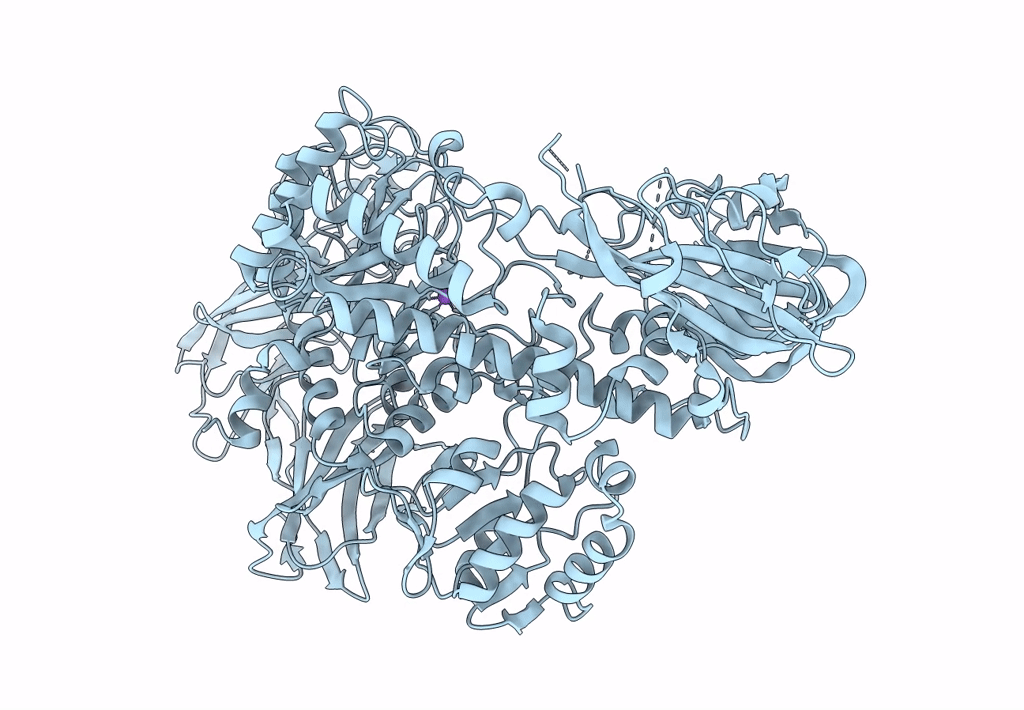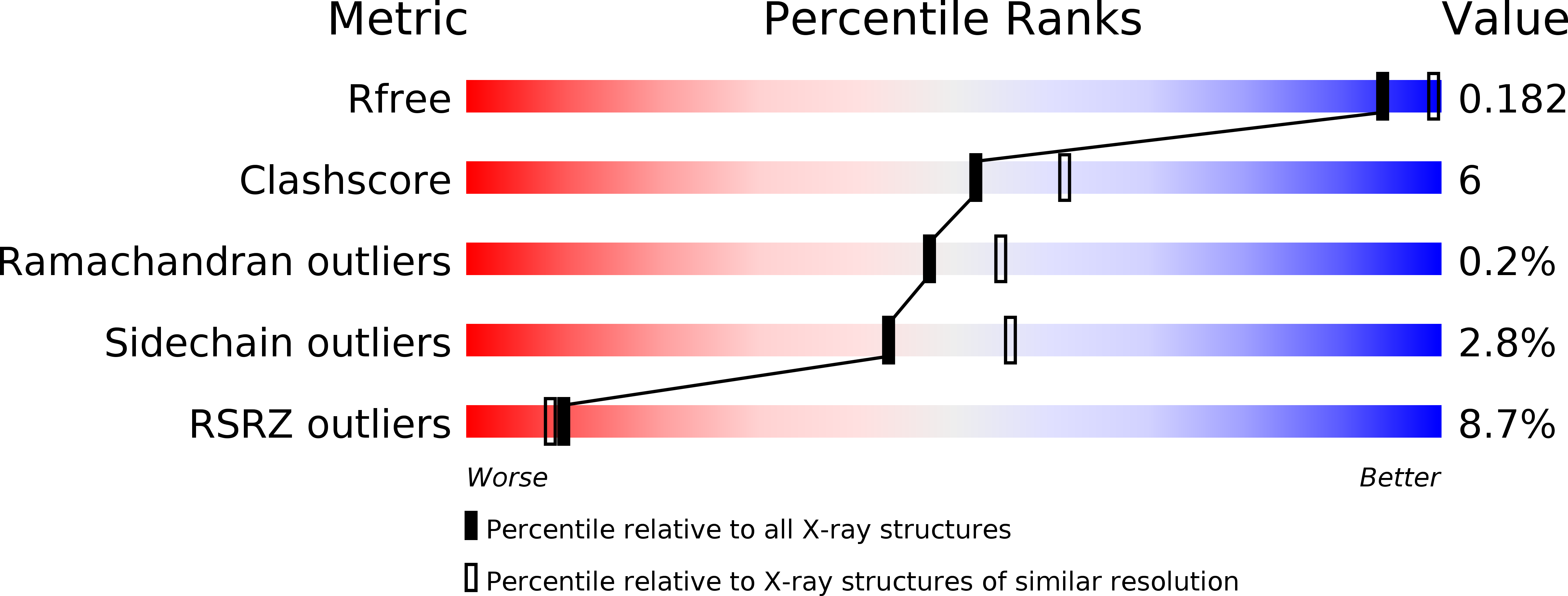
Deposition Date
2019-08-07
Release Date
2019-11-27
Last Version Date
2024-10-16
Entry Detail
Biological Source:
Source Organism:
Novosphingobium sp. PP1Y (Taxon ID: 702113)
Host Organism:
Method Details:
Experimental Method:
Resolution:
2.20 Å
R-Value Free:
0.17
R-Value Work:
0.16
R-Value Observed:
0.16
Space Group:
P 2 21 21


